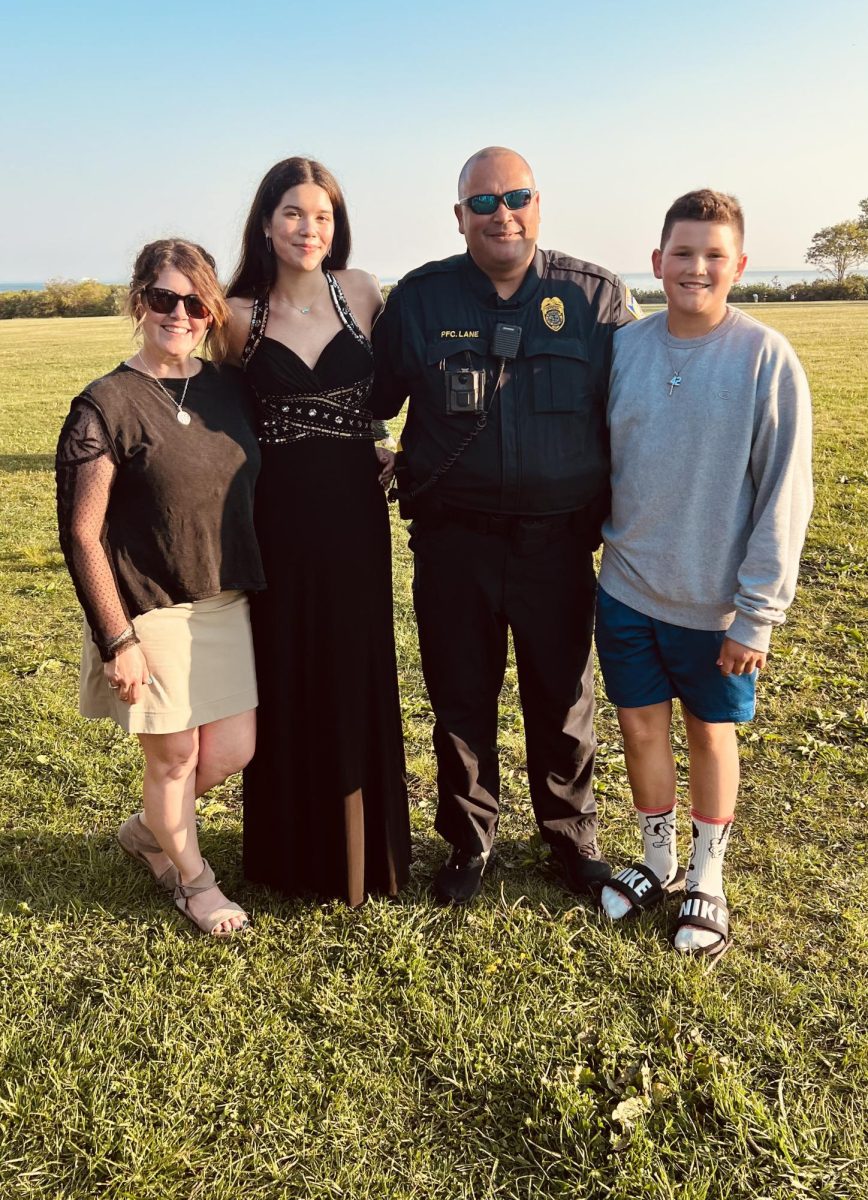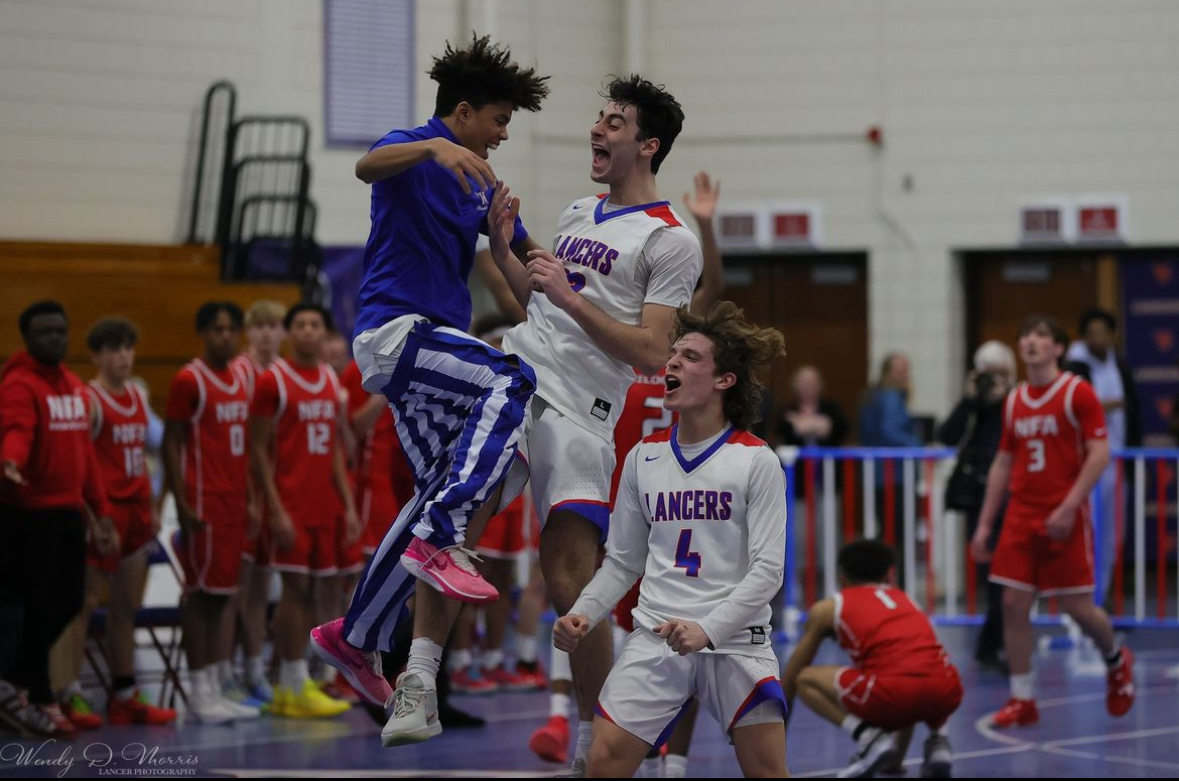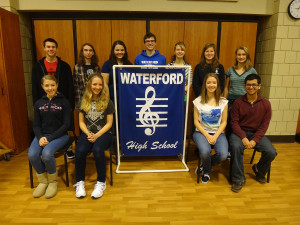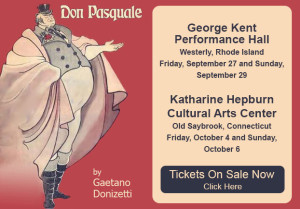Condensing: An Approach to Studying
February 3, 2015
Ever have those moments when just looking at the piles of papers you need to study for a test was intimidating? We’ve all been there.
There are many ways to study, and sometimes it is difficult to determine the most effective way. One way that have I found to be efficient is something I like to call condensing: go one subject at a time, condense all your notes onto a few sheets of paper, and get rid of the redundant notes and worksheets.
The most effective way to do it is to set aside an entire weekend. It could take several hours to go through some subjects, but those hours are well spent. If you kept all of the notes and worksheets thus far in the school year, then you probably have a large pile of papers. Go through chronologically and write down all the critical information on separate sheets of paper. Critical means information you frequently forget or see on tests, or information that is complex.
Once you’ve gone through the piles, toss out the old papers. That’s right – recycle all those sheets. Only keep worksheets that are particularly helpful for you. Do this for all your subjects, and in the end, you’ll just have a small pile of all the information that you really need to study. It is no longer as daunting to confront at all that studying!
A few students shared their opinions regarding studying. Arianna Jones-Henderson, a junior, explained her study method. “I study by reading different sources and I keep looking at them until I have an automatic answer for all of the subjects, and I keep on doing that until I feel confident in my knowledge,” Jones-Henderson explained. Regarding condensing, Jones-Henderson expressed that “I would definitely consider studying this way; however, I may re-look through my notes three times for the vital information.”
Senior Rose Comfort has her own method to study. “I don’t particularly like to study,” she stated, “but usually, I look back over my notes, make flashcards, and study those.” When she heard about condensing, she considered trying it. “I think that’s actually a really good idea. It lets you look over all the information and lets it stick in your brain more,” Comfort admitted.
Jones-Henderson has one final word to help students struggling with studying. “I believe that studying is good in 30 minute intervals with 10 minute breaks,” she added, “so the information will stick more.”












